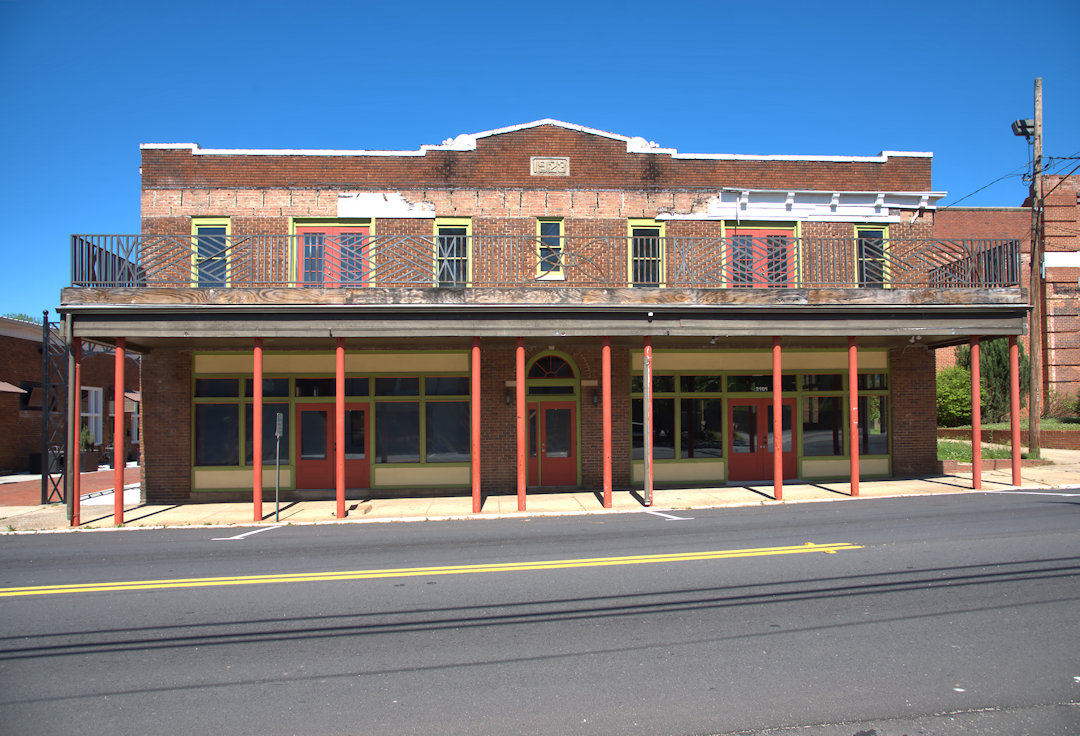
This typical early-20th-century commercial block originally housed offices for the textile mills that dominated life in Porterdale. The executives and paymaster had offices upstairs while the mayor’s office was located downstairs. Circa 1925, according to the National Register of Historic Places, Porterdale mills were among the largest spinning mills in the nation, with over 75,000 spindles.
Since the closure of the mills, it has been home to myriad businesses, including a barber, shoe shop, doctor, dentist, drug store, funeral home, restaurant, and even the Porterdale post office. After later remodeling and an altered roofline, it has been returned to its more traditional appearance.
Porterdale Historic District, National Register of Historic Places













